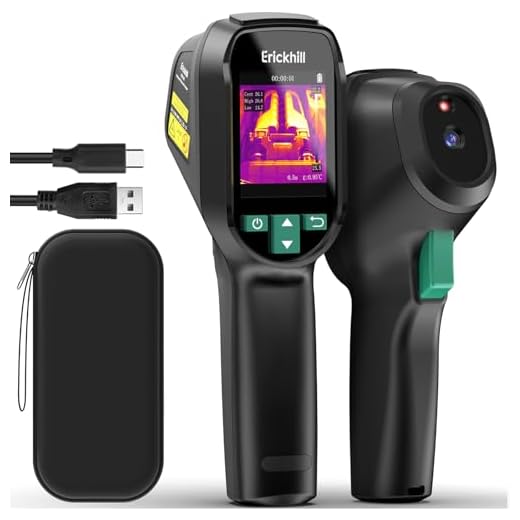
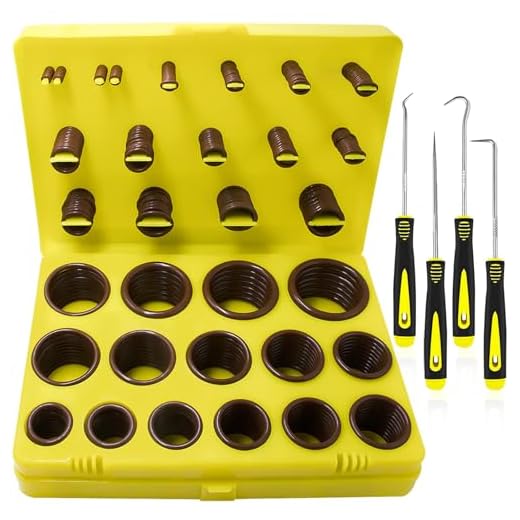
Inspect the motor and power cord immediately. Smouldering or smoke often indicates electrical issues, particularly overheating components. Look for frayed wires or burnt connectors. If any damage is visible, cease operation immediately to prevent further complications.
Next, assess the oil level if your device is gas-powered. Insufficient lubrication can cause the engine to overheat, leading to smoke. If oil is low, refill it to the manufacturer’s specifications and check for leaks that may contribute to the problem.
Evaluate the nozzle and hose for blockages. A clogged outlet can cause high pressure buildup, which may, in turn, lead to overheating. Clear any debris and ensure smooth water flow. Regular maintenance of these components is essential for optimal performance.
Finally, consider the operational environment. High ambient temperatures or extended use without breaks can increase the risk of overheating. Allow adequate cooling time between uses, especially during prolonged cleaning sessions. Taking these steps can help you rectify issues before they escalate into more severe problems.
Symptoms of Overheating
.jpg)
If you notice a burning smell and see smoke, overheating is likely due to a clogged filter or a malfunction in the pump. Check filters regularly and clean them if they appear dirty.
Electrical or Mechanical Faults
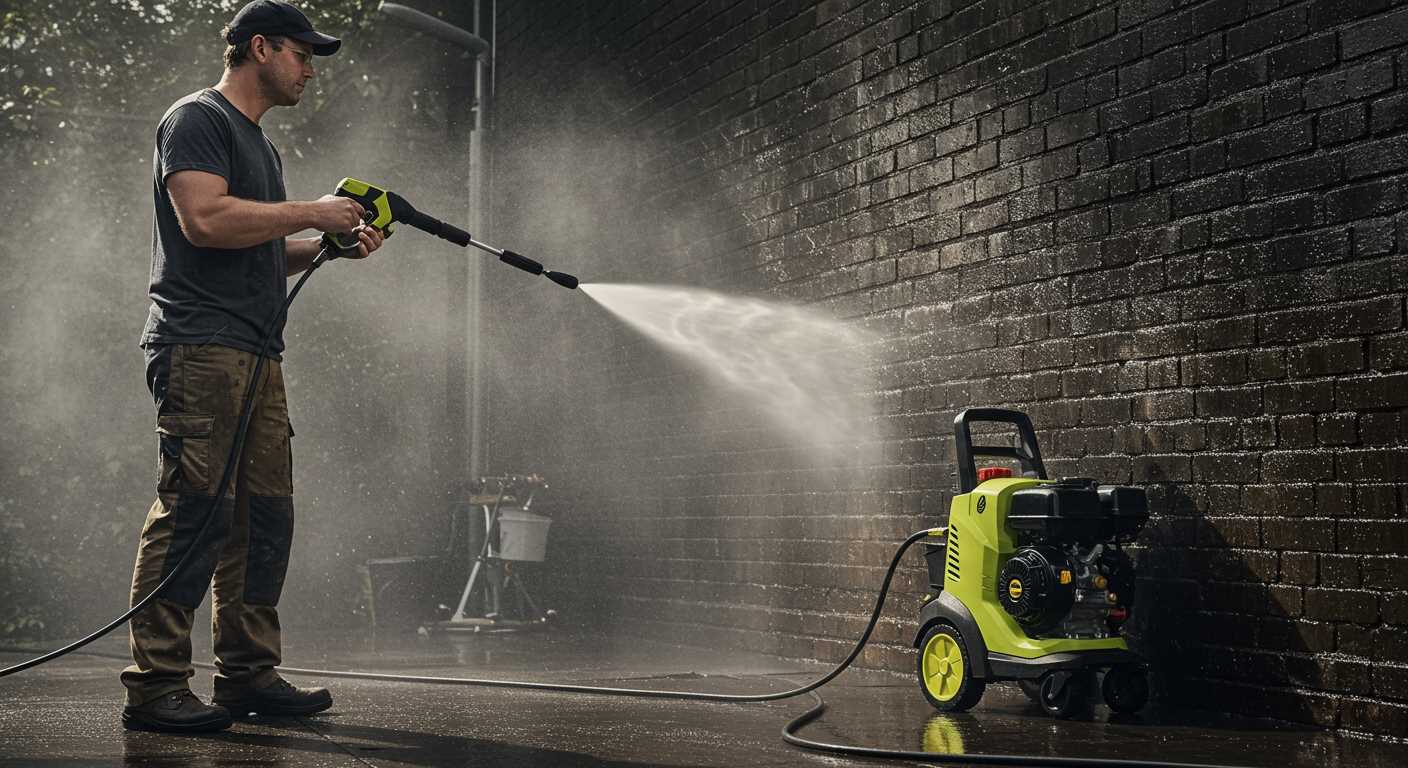
Components such as the motor or electrical wiring can develop issues, which may lead to smoke. Inspect for frayed wires or burnt-out components. Seeking professional repair can prevent further damage.
Oil Leaks
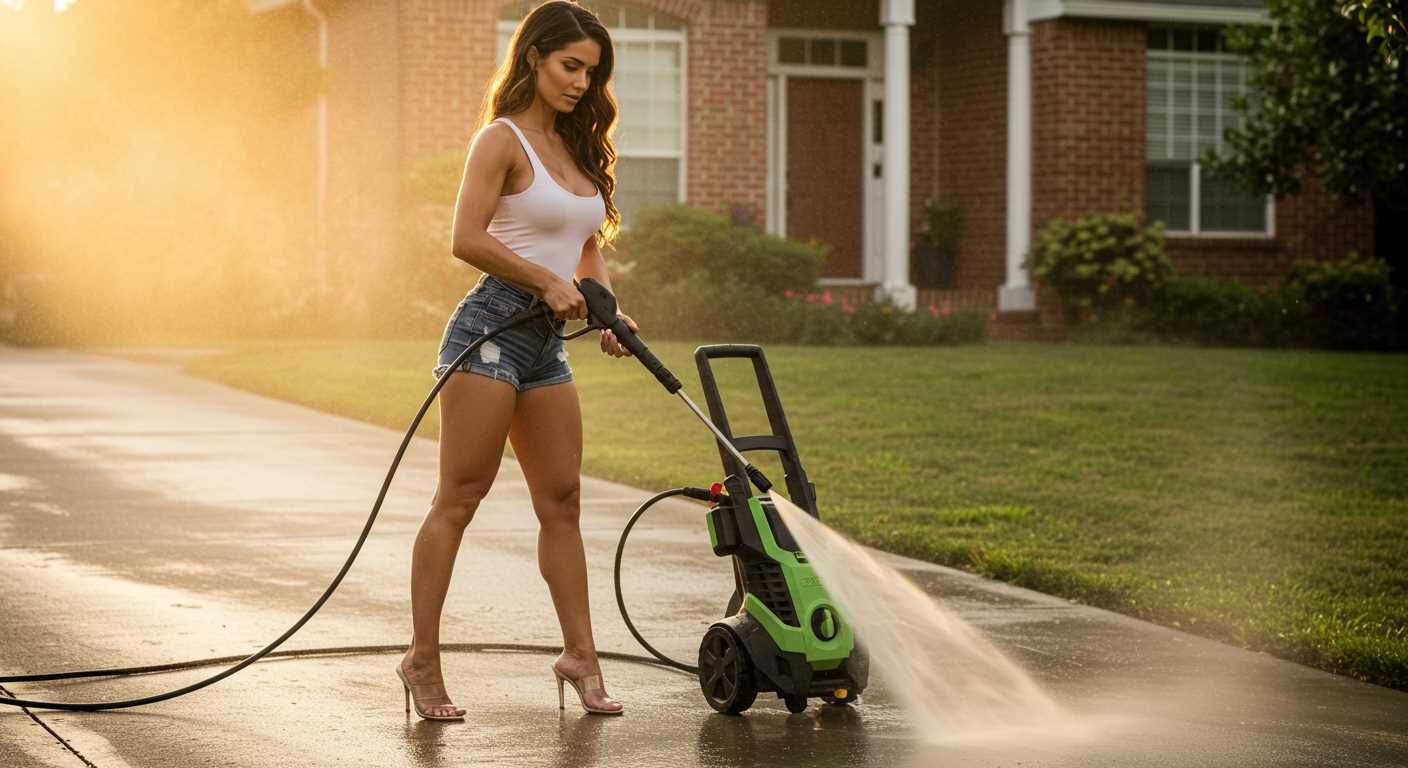
Inadequate lubrication can cause friction within the motor, resulting in overheating and smoke. Regularly check the oil level and replace it according to the manufacturer’s guidelines to maintain optimal performance.
Identifying Signs of Overheating in Pressure Washers
Observe the unit during operation. If strange noises or vibrations occur, it may indicate that components are under excessive stress. Additionally, watch for any unusual smells, particularly a burnt odour, suggesting that the motor or other parts are overheating.
Temperature Check
Use an infrared thermometer to measure surface temperatures. Components should remain within the manufacturer’s specified limits. If readings exceed these limits, immediate action is required. Allow the equipment to cool before continuing use.
Performance Indicators
Notice any drop in performance, such as reduced water flow or less pressure during operation. This can often signal that the system is struggling due to heat. Inspect hoses and connections for signs of damage or wear, as overheating can cause material degradation.
Regularly clean the filter and check the water supply for adequate flow. Low water levels can lead to a rapid rise in temperature, putting the entire machine at risk of overheating.
Common Causes of Smoke Emission During Operation
The primary factor leading to smoke during operation usually involves overheating of the motor or pump. Insufficient cooling due to blocked air vents or low-quality lubrication can cause components to reach excessive temperatures, emitting smoke. Regular maintenance, including cleaning air intakes, is essential to prevent this.
Another common issue arises from the use of incorrect cleaning solutions. Chemical reactions between incompatible detergents and operating components may generate smoke. Always refer to the manufacturer’s guidelines regarding suitable cleaning agents to ensure compatibility and performance.
Worn-out seals and gaskets can lead to oil leaks, igniting on hot surfaces and producing smoke. Inspecting these parts regularly and replacing them as needed can significantly reduce risks of smoke emission.
Electrical problems, such as short circuits or damaged wires, can also result in smoke. If you notice electrical components burning or melting, immediate disconnecting from the power source is crucial to prevent further damage. Engaging a professional for repairs is advisable in such cases.
Inadequate fuel mixture in gas-powered models is another frequent culprit. An improper ratio can lead to inefficient combustion, causing smoke. Always follow the correct fuel guidelines specific to your equipment.
Lastly, an overloaded machine may struggle to perform, leading to overheating and subsequent smoke. Make sure to adhere to the manufacturer’s specifications regarding pressure levels and operating conditions to avoid overstressing the equipment.
How to Check and Maintain the Motor of Your Cleaning Device
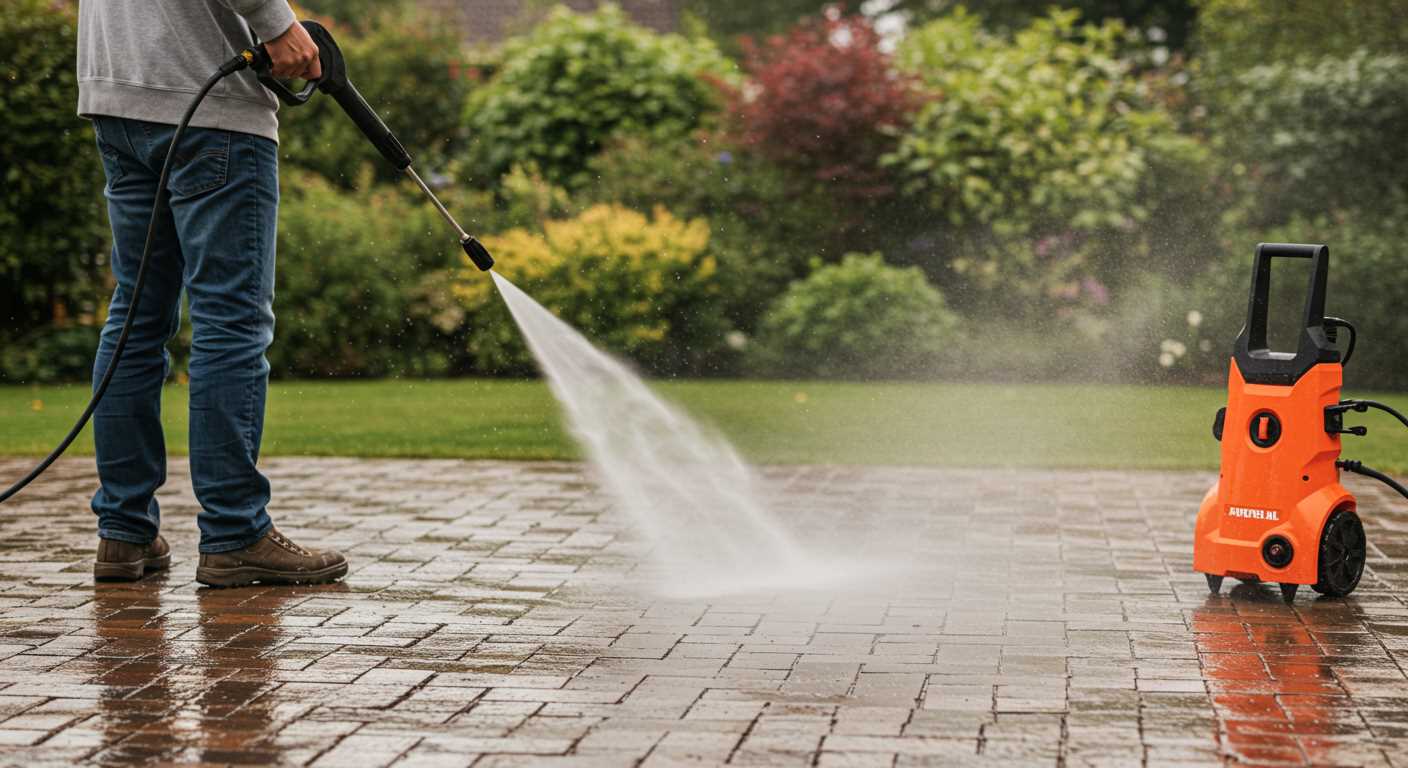
Regularly inspect the motor for any signs of wear or damage. Look for frayed wires or loose connections that could lead to electrical issues. Make sure all bolts and screws are tightened to prevent unnecessary vibrations that can cause stress on the components.
Cleansing the motor’s air intake and ventilation ducts is vital. Dust and debris can accumulate, restricting airflow and causing overheating. Use a soft brush or compressed air to remove any buildup.
Check the oil level in oil-lubricated models. Ensure it’s at the recommended level and change it as specified in the user manual. Regular oil changes help the motor run smoothly and extend its lifespan.
Inspect the carbon brushes if your model has them. Worn brushes can lead to decreased performance. Replace them if they show significant wear, as this is a common source of operational issues.
Listen attentively while the equipment is in operation. Any unusual noises may indicate an internal problem. If you hear grinding or rattling sounds, turn off the unit immediately to avoid further damage.
Ensure the cooling fans are free of obstructions. These fans play a crucial role in dissipating heat generated by the motor. Clean them periodically to maintain optimal circulation.
Lastly, conduct routine performance testing. Monitor how the machine operates under load. A significant decrease in efficiency can signal underlying motor issues that need addressing promptly.
Impact of Incorrect Oil Type on Performance
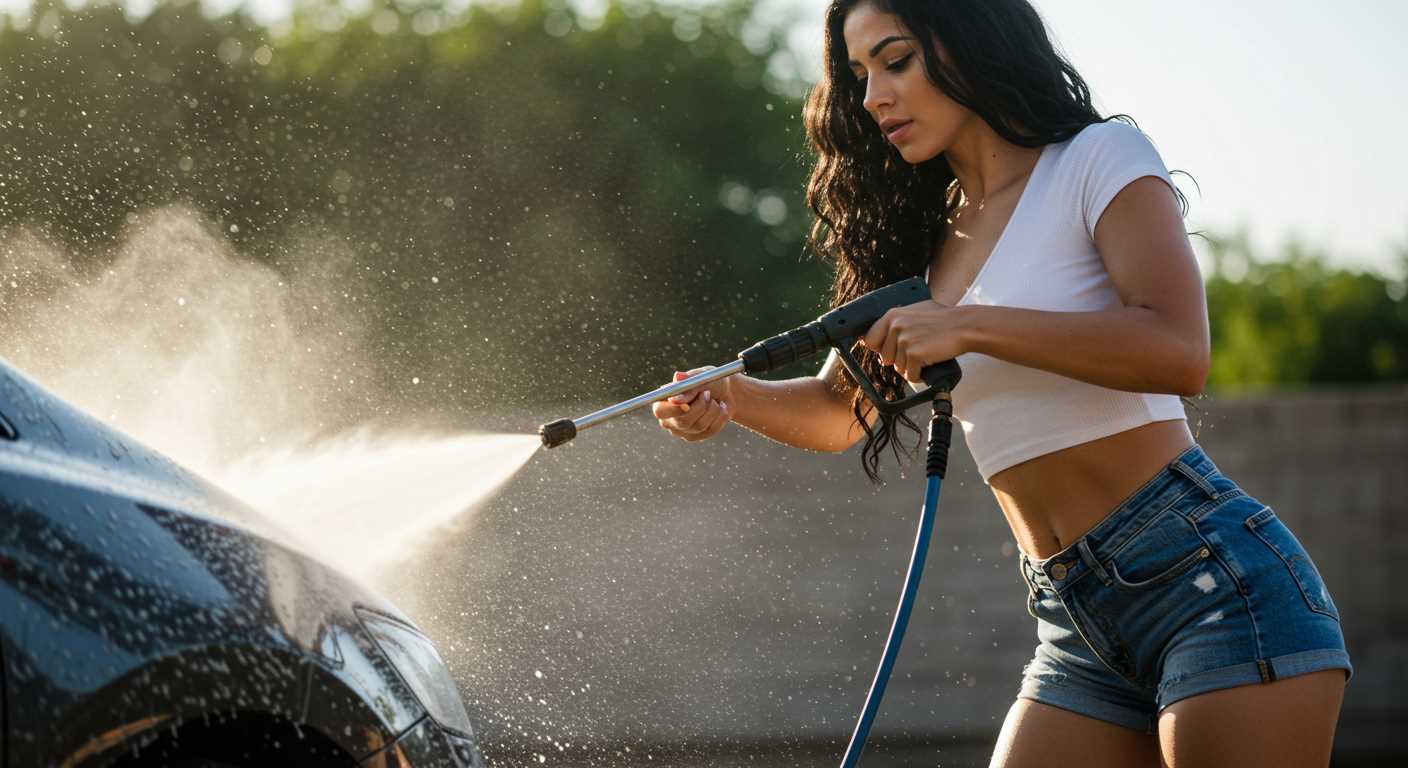
Using the wrong oil type in your cleaner can lead to severe performance issues. For optimal function, always adhere to the manufacturer’s specifications regarding oil viscosity and type.
- Increased Friction: Incorrect viscosity can result in insufficient lubrication, causing components to work harder, leading to overheating.
- Reduced Efficiency: Subpar oil causes additional drag within the mechanical parts, which diminishes power output and increases operational time.
- Engine Wear: Incompatible oil may not provide adequate protection against wear, resulting in accelerated deterioration of the motor.
Synthetic oils, for instance, offer superior endurance under high temperatures compared to conventional oils. Thus, reviewing the owner’s manual for specific recommendations is crucial.
- Regularly check the oil level and quality.
- Replace oil per the maintenance schedule outlined in the manual.
- Always use the recommended oil to prevent catastrophic failures.
In case of unusual noise or performance decline, inspect the oil type immediately to prevent further damage to the motor. Adjustments in lubrication can significantly enhance the device’s longevity and reliability.
Signs of Electrical Issues Leading to Smoke
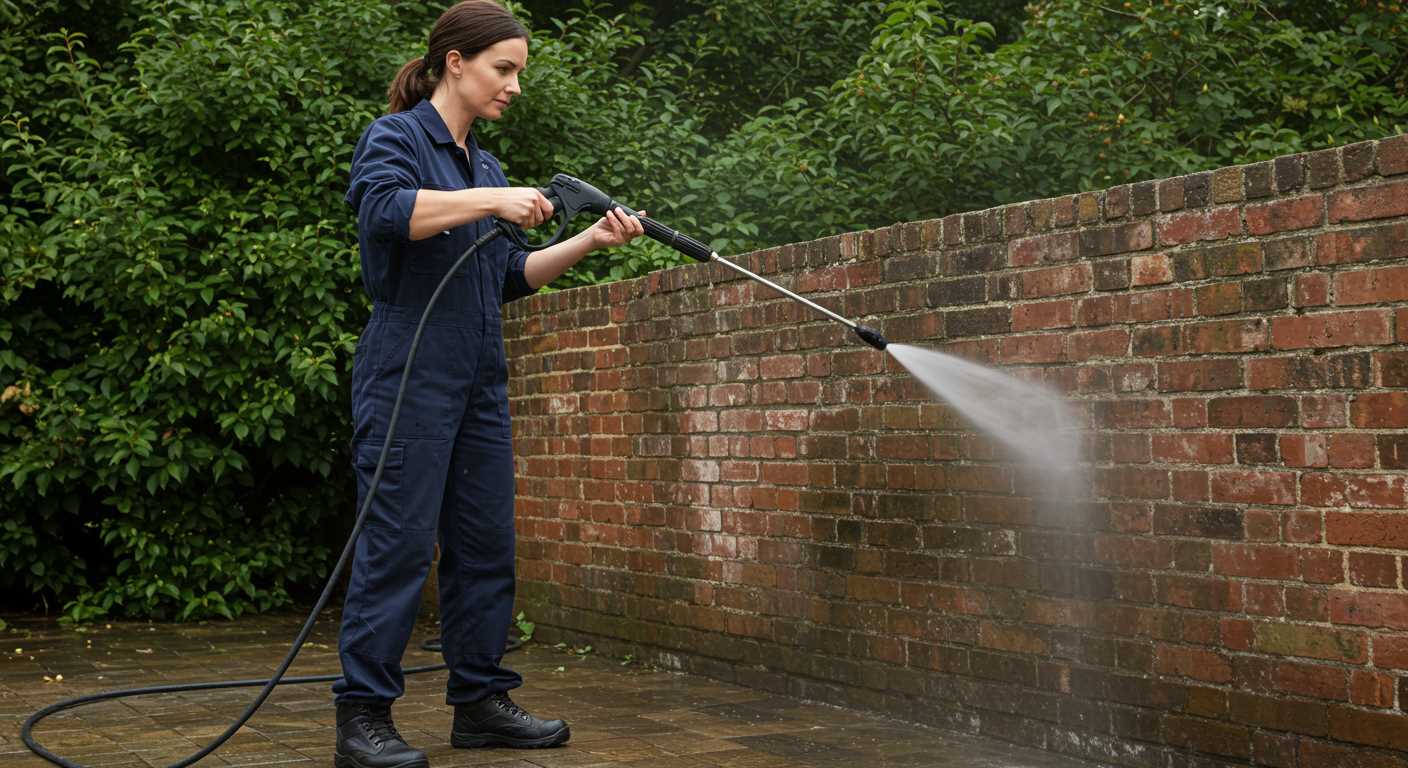
Check for unusual smells, particularly if burnt plastic or rubber is noticeable; this indicates potential electrical faults. Listen for abnormal sounds from the motor, such as grinding or buzzing, which can signal internal issues.
Examine the wiring and connections for any signs of damage, such as frayed wires or loose terminals. These defects can cause resistance, leading to overheating and smoke. Inspect the power cord for cuts or abrasions as well, as compromised insulation can create short circuits.
Monitor the temperature of the equipment during operation; excessive heat can indicate an electrical problem. If the device trips circuit breakers or blows fuses frequently, this is also a critical warning sign that must not be ignored.
Inspect the brushes in the motor; worn or damaged brushes can lead to sparking and overheating. Replace them if they appear worn down or discoloured. Additionally, verify that the voltage supplied to the equipment matches the manufacturer’s specifications; using incorrect voltage can cause overheating and result in smoke emission.
Regular inspections and maintenance checks on electrical components are vital. Keeping an eye on these indicators will prevent minor issues from escalating into major hazards, ensuring safer and more reliable usage of the cleaning device.
When to Seek Professional Help for a Smoking Cleaner
If an appliance emits smoke, discontinue use immediately and consider professional assistance. Identifying the severity of the underlying issue is crucial.
Observe the following indicators to determine if it is time to consult an expert:
| Indicator | Action |
|---|---|
| Persistent Smoke | Contact a technician after initial diagnostics. |
| Unusual Noise | Indicates potential mechanical failure; seek help. |
| Odours Beyond Normal Operation | Could signify electrical fault; immediate consultation needed. |
| Inconsistent Performance | May indicate deeper issues; early inspection recommended. |
| Physical Damage | Any sign of damage warrants professional evaluation. |
Keep records of previous maintenance to assist professionals in diagnosing problems accurately. Engaging an expert early can prevent further complications and enhance the lifespan of your equipment.


